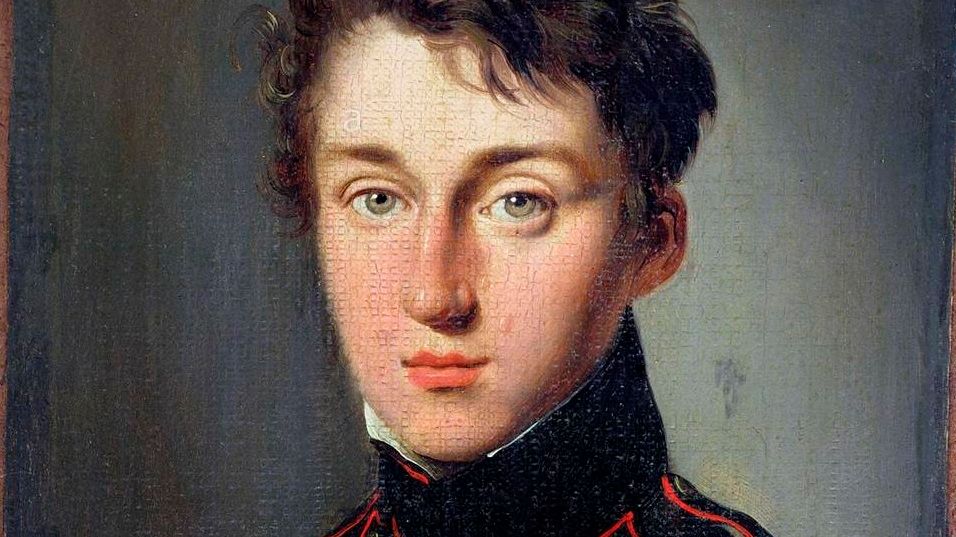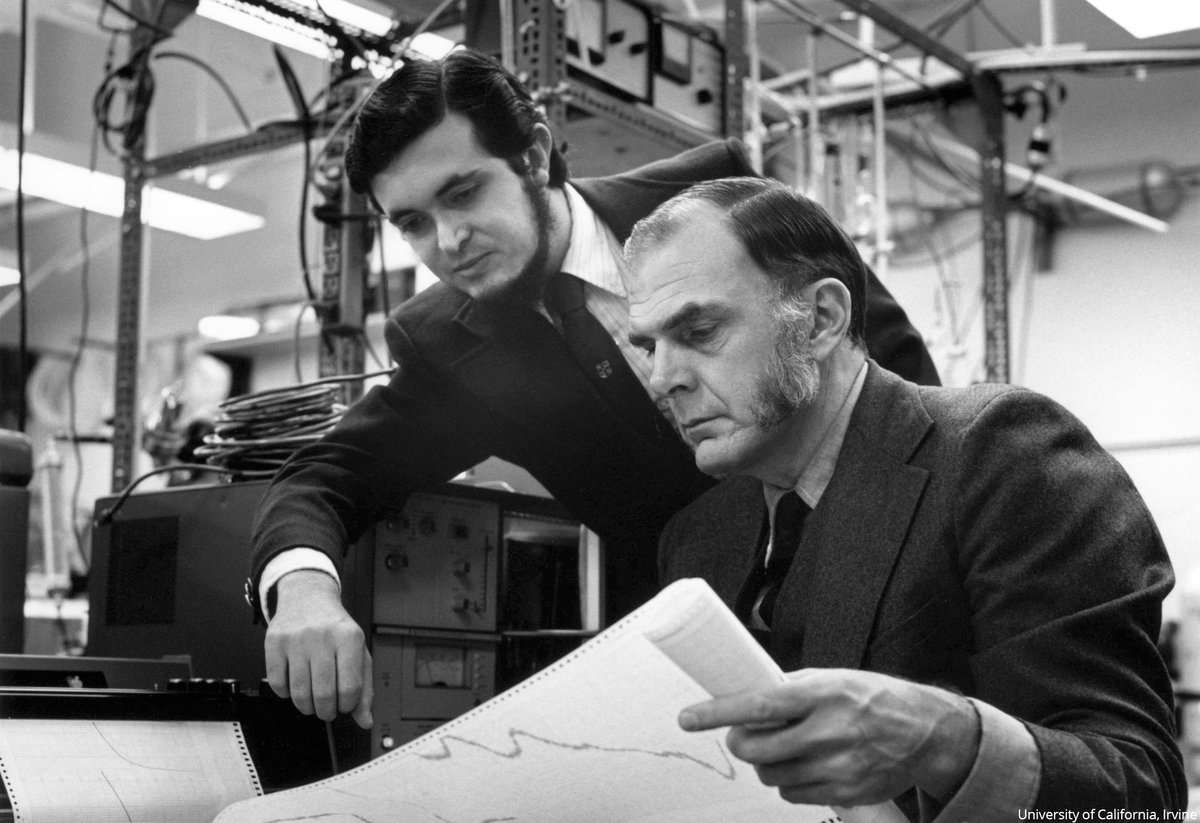
History of creation of freon and modern situation in the market of the EU
The first generation of coolants – HFU (CFC) chlorofluorocarbons
Coolants were born in 1834 shortly after the French physicist Sadi Carnot formulated the theory of a refrigerating cycle.
At the beginning of the nineteenth century the used liquids were completely “natural”: ammonia, sulfur dioxide, carbon dioxide, nitrous oxide, ethane and propane.
In the 1930th years the danger of use of these liquids forced producers of chillers to use new coolants which would allow to increase safety when using. And in the market there were first chlorinated liquids, R11 freon and R12 freon. At that time the attention was paid only to chemical stability and good thermodynamic properties, not toxicity and incombustibility. Chlorine and fluorine were chemical elements which met these requirements. Coolants of the 1st generation – CFC generally consisted of these two elements.
The second generation of coolants – GHFU(HCFC) hydrochlorofluorocarbons
In the 80th two American scientists Rowland and Molina illustrated the new theory according to which the chlorine which is contained in HFU works as the destroying element of an atmospheric ozone layer. The refrigerating industry appeared in on a threshold of big solutions of this problem. Ecological needs demanded chlorine elimination.
In 1987 the Montreal protocol approved the decision on gradual reduction of HFU up to a full stop of their production by 2000 eventually.
Meanwhile GHFU coolants of the 2nd generation, such as R22 and R 502 were gradually approved. GHFU are HFU in which molecules of chlorine are partially replaced with hydrogen to make molecules more unstable after hit in the atmosphere. They tend to faster decomposition that reduces their ozone-depleting effect.

The third generation of coolants – GFU (HFC) hydrofluorocarbons
Actually, in GHFU the chlorine replacement with hydrogen was only partial therefore application of the European rules 549/91 and 3952/92 authorized an early stop of production of HFU and various stages of the ban of GHFU. At this stage coolants of the third generation GFU hydrofluorocarbons are born. In these cooling liquids of a molecule of chlorine are completely replaced with hydrogen. In 1998 on the occasion of the World conference in Kyoto on climate change it was decided to include GFU coolants in number of the forbidden substances as even if they do not make impact on an ozone layer, they still promote formation of greenhouse effect also.
In 2000 the new European Regulations 2037/2000 which regulate the program of utilization of GHFU and GFU were approved.
In 2006 the European Union published Regulations 842 F-GAS which demand periodic control of systems for restriction of risk of leaks and set a limit for stage-by-stage refusal of GFU with GWP value> 1500 (GWP is a global warming potential) in automobile conditioners.
Modern situation in the market of the EU of fluorinated gases
In January, 2020 the EU adopted new standards for so-called F-Gas. The purpose of the legislation is reduction of amount of fluorinated gases, regulation of its use and promotion of steadier approach in the field of air conditioning systems. The regulations of the EU provide reduction of fluorinated gases for 79% by 2030. In particular, this situation provides that since 2020 for all new systems and for maintenance of already used systems with gas station of coolant> 40 tons of an equivalent of CO ₂ are not allowed use of gases with GWP value more than 2500 any more.
Thus, by 2020, R404A gas at most the plants will need to be replaced with new freona which will have low impact on the environment. All this will occur at the following three main methods of intervention:
• Gradual reduction of placement in the market of fluorinated gases,
• Restriction of use of gases with the high level of greenhouse effect at the new plants and for service of the existing plants,
• Prevention of emissions of fluorinated gases by periodic checks and utilization of fluorinated gases and their corresponding utilization
For achievement of these purposes and tracking results the Regulations on fluorinated gases oblige member states of the European Union to exercise control of data on emissions, to keep records and to manage the procedure of training and certification of assemblers and servisnik.

